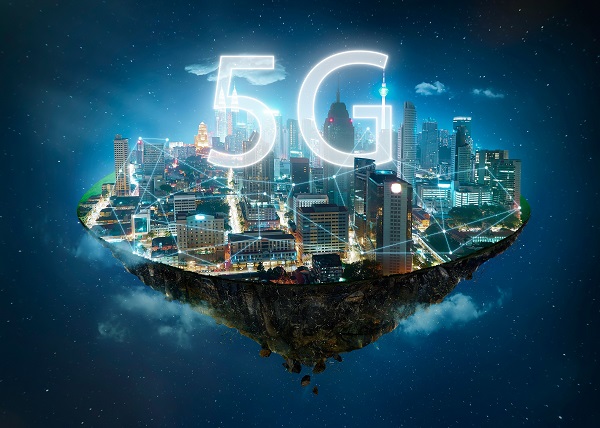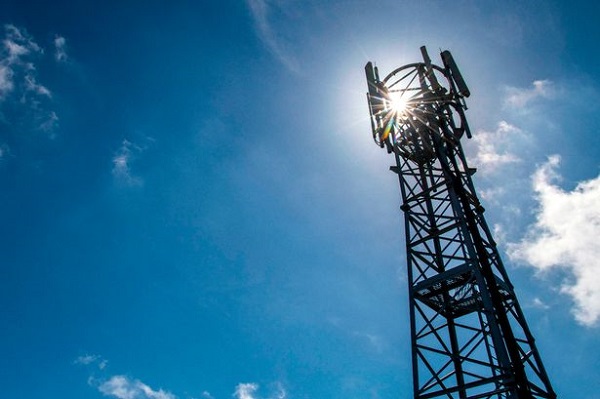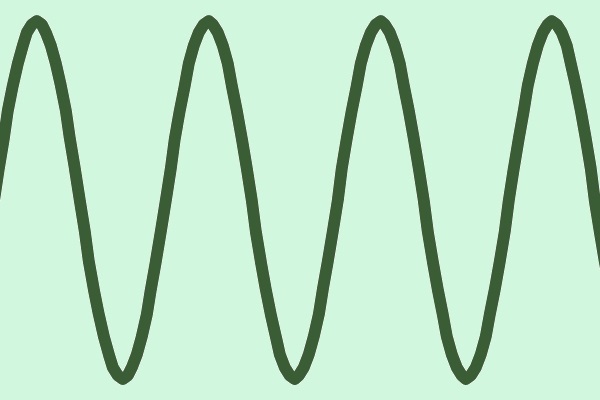5G Internet - the latest in ultrafast broadband technology
A genuine alternative to fibre-based broadband
High speed and unlimited for urban homes and businesses
Available now in an ever-growing number of metropolitan locations
Want the very best in broadband?
Then you need our ultrafast 5G!
Fill in your details and we’ll be in touch

Thanks - we have logged your details and will be in touch with you as soon as our 5G broadband services go live

So, what is 5G?
5G is the very latest and 5th generation in mobile network and cellular data transmission technology (following on from 1G, 2G, 3G and 4G before it).
5G technology delivers much higher data speeds together with very low latency (the delay between an internet request being made and it being answered). It also offers greater reliability and much more capacity.
What can 5G be used for?
5G isn’t a technology only aimed at smartphones. It has been developed to provide a far greater degree of interconnectivity and communication between multiple smart devices in homes and businesses. You may have heard of terms such as IoT (the Internet of Things) and M2M (Machine to Machine) – it is this sort of communication that 5G enables.
One of the core applications of 5G technology is that with the right carefully chosen equipment, it is the ideal means of providing very fast and highly reliable broadband almost immediately to any home or business premises within 5G coverage – and with no reliance upon fibres, wires or other kinds of cabling.


How is 5G made available?
Much the same as current technologies such as 4G, 5G is transmitted by the UK’s major mobile network operators such as EE, Vodafone, O2 and Three over masts on their mobile phone networks.
5G uses an entirely different set of frequencies to earlier technologies such as 4G.
More about frequencies
Frequency is a measure of the compression of a transmission. To put it simply, the higher the frequency, the more data that can be crammed into it for any given time period.
You may therefore think that the highest frequencies will be the best in terms of delivering the best performance – and strictly speaking you’d be right.
Unfortunately, the higher a frequency is, the shorter the distance it will travel, the more susceptible it is to interference or degradation over distance and the less capable it is of penetrating through walls and windows.

5G frequencies and availability
5G actually uses three different frequency bands which will come into operation at different times and in different locations.

- Mid-Band
- Ultrafast 5G
- 3.6 GHz
Mid-Band Ultrafast 5G for urban environments – available now
The 5G frequency already being used to provide ultrafast (100+ Mbps) broadband services in cities and major metropolitan centres is mid-band (3.6GHz).
This does not travel particularly far from the transmitting mast, so many more masts or mini-masts are required in order to provide adequate 5G coverage of any given area. This is exactly why 5G is first being deployed in urban environments where there are plenty of suitable locations for masts and also a high population density.
With this level of performance, ultrafast mid-band 5G broadband offers a genuine and almost immediately deployable alternative to fibre-based broadband services to any metropolitan property within coverage.
Already available from us at National Broadband - Ultrafast 5G Broadband

- Low-Band
- Superfast 5G
- 700 Mhz
Low-Band Superfast 5G for other locations - available from 2024
The next 5G frequency that will be rolled out is low-band (700MHz). This travels much further than mid-band 5G and so each mast will provide much wider coverage. It is also far better at passing through obstacles and penetrating inside properties.
The downside however is that the performance that can be offered by low-band 5G is less. Still, we expect average speeds to be in excess of superfast, so in the region of 50 Mbps, matching or exceeding most existing landline broadband connections.
This is the 5G service that will become available to the vast majority of UK properties – though it is going to take a year or so before it is rolled out to any worthwhile extent. Superfast low-band 5G broadband should offer completely viable and again immediately deployable alternative connectivity to any property within coverage.
Soon available from us at National Broadband - Superfast 5G Broadband

- High-Band
- Gigabit 5G
- 26 GHz
High-Band Gigabit-Capable 5G – not available for several years
The final 5G frequency that will be deployed in the future is high-band (26GHz – also known as millimetre wave). This will offer the very highest gigabit-capable performance (1,000+ Mbps), but will have a very short range and so if deployed at all for general public usage, will only be provisioned in areas with the very heaviest population density, such as city centres.
High-band 5G is also most likely to be primarily used for corporate applications, where extremely high data communication speeds are needed within buildings, industrial estates or company campuses.
Ofcom (the UK’s telecoms regulator) has not even started the process of defining which bands within the 26GHz frequency rage will be offered under auction to the UK mobile network operators, so initial deployments of high-band 5G services are going to be several years away.


